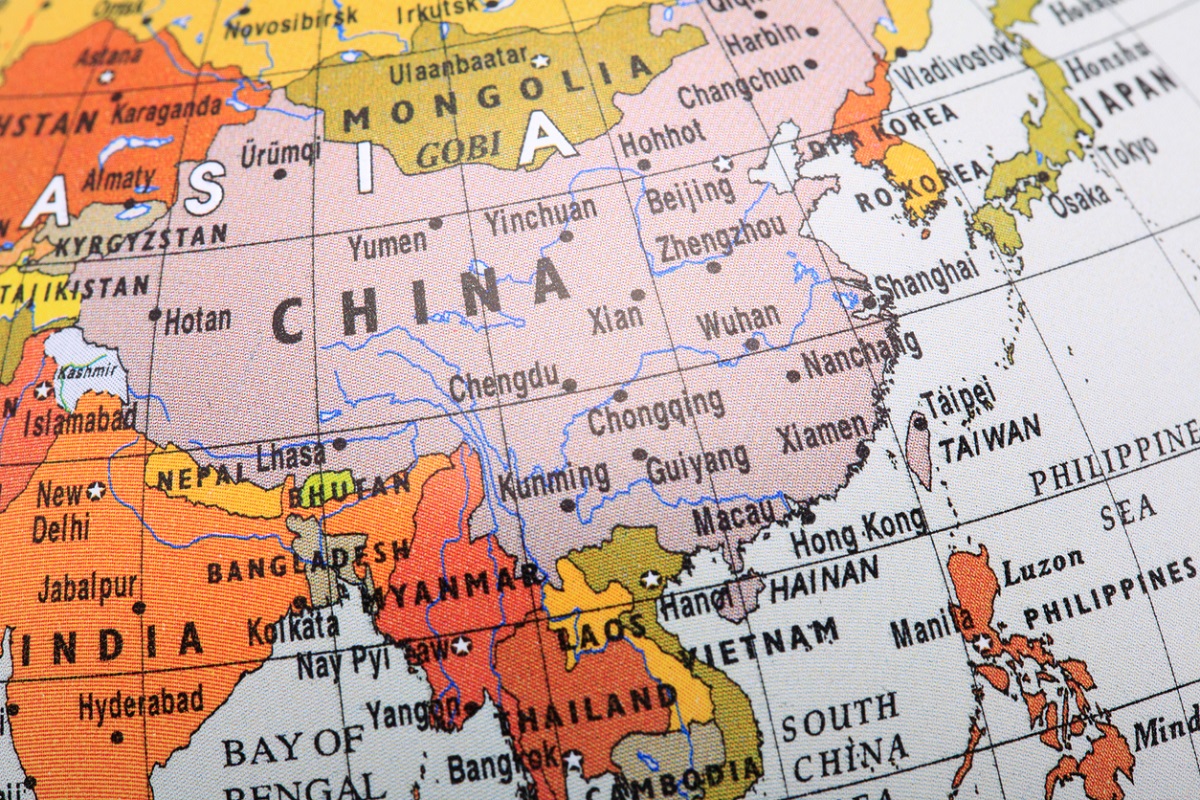26. LOOK EAST THROUGH NORTHEAST
 |
| Source: https://www.thestatesman.com/ |
India’s Look East Policy was launched in 1991 by former Prime Minister P.V Narasimha Rao. The policy was focused on shifting the country’s interest from the west to the east, post the Cold-war era- towards the booming South East Asian countries. The reasons for this shift are both strategic and economic. The policy was born along with the economic liberalization policies of the central government. In 1991, India was in dire need of foreign investment and South East Asia was viewed as the untapped source for it. Secondly, the growing insurgency in the North East and its close ties with Myanmar forced New Delhi to adopt policies that will address the issues of North East India. Third, the Look East Policy was aimed at balancing a rising China in the region.
In 2014, faced with a major slowdown of trade with these countries, Prime Minister Narendra Modi initiated a new outlook to the existing policy, calling it the Act East Policy. The decision was also taken because it was felt that India needed to invest more with these countries. The government replaced the word ‘Look’ by ‘Act’ which sends out a strong message, that of a higher level of activism and action-oriented approach. The policy not only has economic dimensions but also inculcates political, strategic and cultural dimensions. India’s Look East Policy focuses on the 3 Cs of Culture, Connectivity, and Commerce. The Act East policy has emphasized cooperation in the areas of trade, manufacturing, infrastructure, smart cities, and people to people engagement.
The initiative comes at a time when the western powers, too, have started looking at the east, engaging in the Indo-Pacific, in attempts to ‘pivot to Asia’. Today, India’s Act East Policy focuses on the extended neighborhood in the Indo-Pacific region, particularly in the southeast Asian countries: Indonesia, Vietnam, Japan, Malaysia, Republic of Korea, Australia, and also the regional organizations such as Association of Southeast Asian Nations (ASEAN) and platforms like ASEAN Regional Forum and East Asia Summit.
India believes in an inclusive rule-based order in the region. Hence, the focus is on promoting economic cooperation and building cultural ties through bilateral, regional and multilateral engagement. The states of Northeast India are very important in this regard and cooperation between the ASEAN countries and North East India should be considered a priority. In this regard, the ASEAN-India Plan of Action for the period 2016-20 has been adopted in 2015. It identifies three pillars that include: political-security, economic and socio-cultural dimensions.
Politically, there has been an increase in the bilateral and multilateral ties between India and these countries. India is also engaging actively with other regional forays including the Bay of Bengal Initiative for Multi-Sectoral Technical and Economic Cooperation (BIMSTEC), Asia Cooperation Dialogues and Indian Ocean Rim Association (IORA).
Economic ties have seen developments too. There have been attempts to improve infrastructure in transport. Airlines, too, have been encouraged to enhance connectivity in the region. Some of the major projects undertaken in this direction are Kaladan Multi-modal Transit Transport Project, the India-Myanmar-Thailand Trilateral Highway Project, Rhi-Tiddim Road Project, Border Haats, etc.
In the socio-cultural dimension, India has sought closer cooperation in combating terrorism for peace and stability in the region. Maritime cooperation in terms of security too has received a boost.
Though India remains committed to expanding relations with the ASEAN countries, a lot of problems have acted as severe hindrances. The poor state of transport infrastructure and connectivity is one area. Engagement between the North-Eastern states and the Center is also very weak. Besides, there are constraints caused by the nature of physical terrain in the northeastern parts. The ongoing violent and political conflicts are making matters worse. Added to this is the immigration problem faced by the local population. The poor state of infrastructure and local industries is also a point of concern.
However, despite these hindrances, through the Act East Policy, the Indian government can end the long decades of isolation and turn the area into a strategic bridge between the Center and the East Asian countries. There is also a need to involve other stakeholders, such as think tanks, media, and civil society.

Comments
Post a Comment